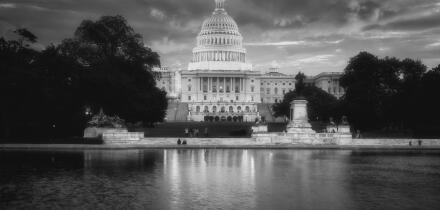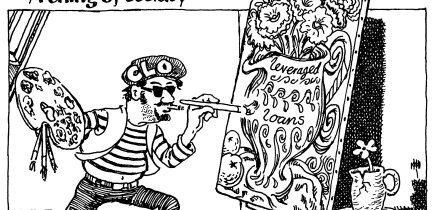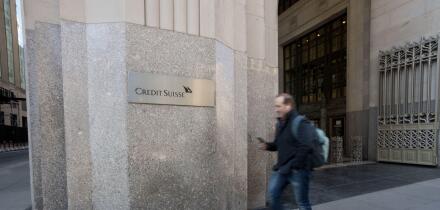Deutsche Bank is pitching to customers a relative value credit default swap trade designed to profit from Tyco International's planned acquisition of the CIT Group, as well as changing technicals on Tyco. Last Wednesday, two-year credit default protection on Tyco was trading at around 110 basis points, while two-year CIT floating rate bonds were priced at LIBOR plus 45bps. These numbers should in theory be closer together following the merger. By selling the CIT floating-rate notes and selling two-year protection on Tyco, the investor can profit from the convergence of these levels, said Nichol Bakalar, v.p. credit derivatives research in New York.
CIT will remain a distinct entity within Tyco International, with its own credit rating, but the finances of the two corporations will clearly be linked to some degree following the merger. Furthermore, Tyco, rated Baa1/A-, is on watch for possible upgrade from Moody's Investors Service and Standard & Poor's, while CIT is rated A1/A+ on watch for possible downgrade from Moody's. The ratings of the two companies are hence converging.
In theory, credit default swap prices should be close to LIBOR-based yields, or asset swap levels, for a given name, said Bakalar. If, for example, protection levels were wider than the asset swap level, then an investor could short the bonds and sell protection. The premium received from the default swap more than covers the coupon the investor pays on the bond. As more investors pile into this arbitrage opportunity, the default swap prices should converge with the asset swap levels. The yields on CIT's two-year floating rate notes should converge with protection levels on Tyco, as their ratings and business activities converge.
Technical factors associated with Tyco are also at play here. The credit derivatives markets price protection on Tyco at far higher levels than the bond markets. Five-year protection on Tyco costs about 110 basis points, while 6 3/8 bonds of '06 trade at LIBOR plus 73.5bps. Tyco's protection price levels are being propped up in the credit default swap market by convertible arb traders, who hedge out credit risk by buying credit protection (DW, 6/10). As this hedging activity abates, credit default swap levels on the name should move closer to the asset swap levels.





